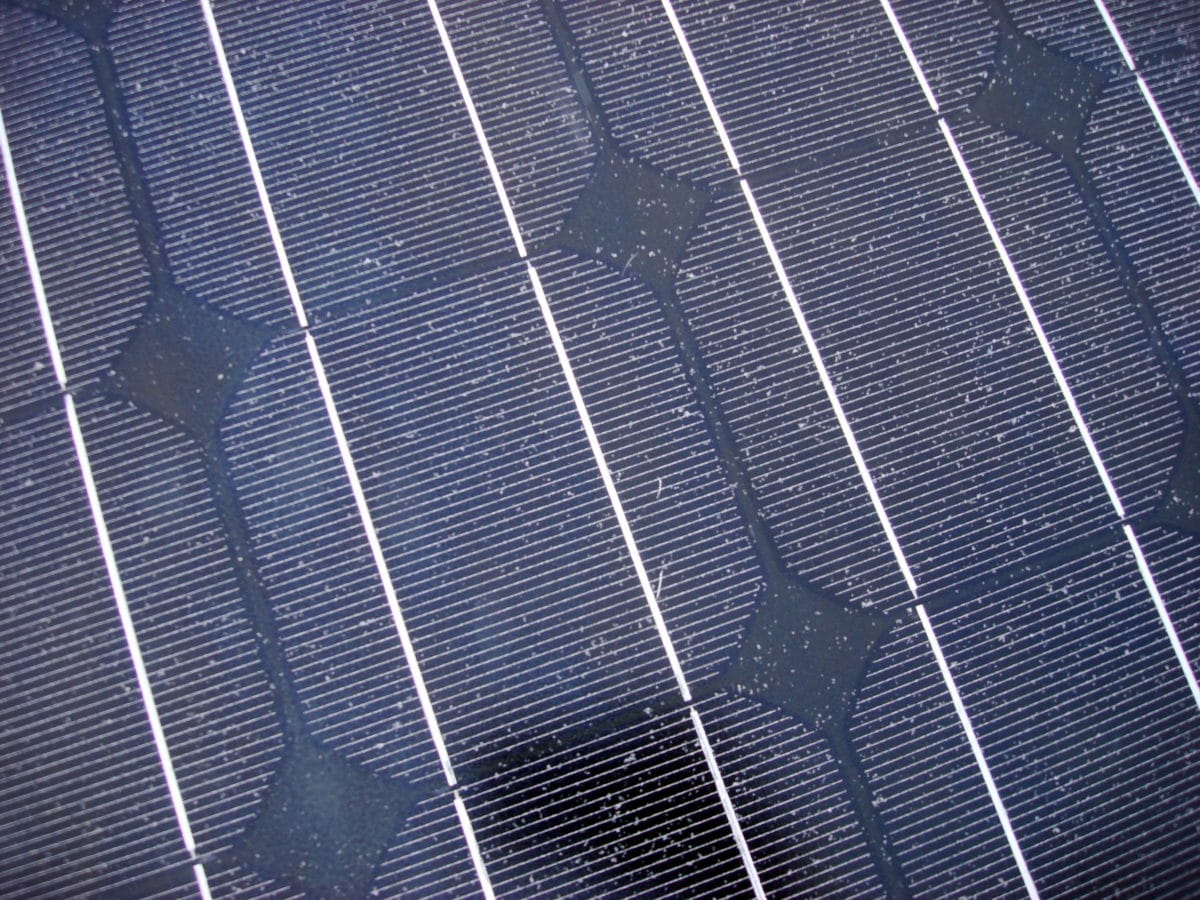Researchers from the Indian Institute of Engineering Science and Technology, Shibpur’s (IIEST Shibpur) have developed a novel physics-based model to estimate dust accumulation on the front and rear surfaces of bifacial modules.
“This model is equally applicable for both rooftop plant and commercial ones,” researcher Saheli Sengupta told pv magazine. “In India, a larger plant with bifacial modules is not yet available and hence we could not validate the model for the larger set-up. But this is in our research program to carry out the same for larger plants from India and abroad.”
The proposed model considers a few input parameters such as particulate matter (PM) concentration, panel tilt, the sun’s angle of incident, solar radiation, albedo, and PV module specifications. It also considers weather parameters such as wind direction, speed, and ambient temperature.
“The considerations made in this analysis are that the shape of the particles is assumed to be spherical; the dust deposition over the module is considered to be uniform; and the effect of different composition of dust is not considered separately,” said the academics.
This content is protected by copyright and may not be reused. If you want to cooperate with us and would like to reuse some of our content, please contact: editors@pv-magazine.com.








By submitting this form you agree to pv magazine using your data for the purposes of publishing your comment.
Your personal data will only be disclosed or otherwise transmitted to third parties for the purposes of spam filtering or if this is necessary for technical maintenance of the website. Any other transfer to third parties will not take place unless this is justified on the basis of applicable data protection regulations or if pv magazine is legally obliged to do so.
You may revoke this consent at any time with effect for the future, in which case your personal data will be deleted immediately. Otherwise, your data will be deleted if pv magazine has processed your request or the purpose of data storage is fulfilled.
Further information on data privacy can be found in our Data Protection Policy.